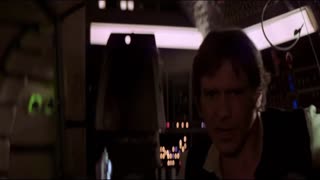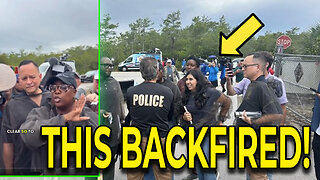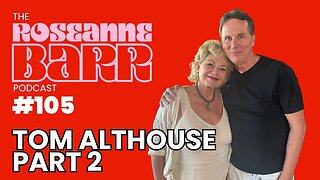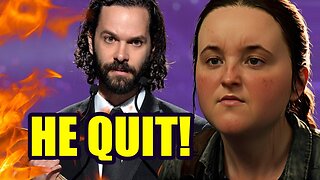Premium Only Content

Welcome to the Machine Pink Floyd
"Welcome to the Machine" is the second song on Pink Floyd's 1975 album Wish You Were Here. It features heavily processed synthesizers and acoustic guitars, as well as a wide range of tape effects. Both the music and the lyrics were written by bassist Roger Waters.
The track was built upon a basic throbbing sound made by an EMS VCS 3 followed by a one-repeat echo which Waters would have played originally on bass guitar. On the original LP, the song segued from the first 5 parts of the suite "Shine On You Crazy Diamond" and closed the first side. On the CD pressings, especially the 1997 and 2000 remastered issues, it segues (although very faintly) to "Have a Cigar". This segueing is a few seconds longer on the US version than the UK version. David Gilmour admitted that he had trouble singing one line of the song, saying, "It was a line I just couldn't reach, so we dropped the tape down half a semitone." He sang the part at a slightly lower pitch, and then the tape speed was raised back to normal.
Like many Pink Floyd songs, "Welcome to the Machine" features some variations in its metre and time signatures. Each bass "throb" of the VCS synthesizer is notated as a quarter note in the sheet music, and each note switches from one side of the stereo spread to the next. Although the introduction of the song (when the acoustic guitar enters) does not actually change time signatures, it does sustain each chord for three measures, rather than two or four, resulting in a nine-bar intro where an even number of bars might be expected.
The only time we've ever used tape speed to help us with vocals was on one line of the Machine song. It was a line I just couldn't reach so we dropped the tape down half a semitone and then dropped the line in on the track.
— David Gilmour, 1975, WYWH Songbook
It's very much a made-up-in-the-studio thing which was all built up from a basic throbbing made on a VCS 3, with a one repeat echo used so that each 'boom' is followed by an echo repeat to give the throb. With a number like that, you don't start off with a regular concept of group structure or anything, and there's no backing track either. Really it is just a studio proposition where we're using tape for its own ends -- a form of collage using sound.
— David Gilmour, 1975, WYWH Songbook
It's very hard to get a full synthesiser tone down on tape. If you listen to them before and after they've been recorded, you'll notice that you've lost a lot. And although I like the sound of a synthesiser through an amp, you still lose something that way as well. Eventually what we decided to do was to use D.I. on synthesiser because that way you don't increase your losses and the final result sounds very much like a synthesiser through a stage amp.
— David Gilmour, 1975, WYWH Songbook
-
 9:12
9:12
Psychological operations
2 days agoTelephone Line Last Train To London Electric Light Orchestra
19 -
 3:41:57
3:41:57
Barry Cunningham
9 hours agoPRESIDENT TRUMP SIGNS BIG BEAUTIFUL BILL | INTERVIEWS WITH LEE GREENWOOD | GENERAL MICHAEL FLYNN!
56.3K21 -
 LIVE
LIVE
Eternal_Spartan
9 hours ago4th of July Zelda: Ocarina of Time pt. 1 | USMC Vet | Come Join the Best Chat on Rumble!!!!
92 watching -
 9:25
9:25
MattMorseTV
6 hours ago $0.34 earnedMayorkas is in HOT WATER.
5699 -
 17:14
17:14
T-SPLY
7 hours agoDemocrats Get Shut Down Trying To Enter Alligator Alcatraz Unannounced!
9.09K30 -
 LIVE
LIVE
Spartan
1 hour agoPro Halo Player | Happy 4th! Ranked on Halo, SWTOR later maybe
38 watching -
 2:08:03
2:08:03
Roseanne Barr
5 hours ago"Neuralink Is The Mark Of The Beast" W/ Tom Althouse | The Roseanne Barr Podcast #105
173K51 -
 1:19:30
1:19:30
vivafrei
11 hours agoHappy 4th of July! Big Beautiful Bill PASSES! Diddy ACQUITTED! Canada's Demise Continues & MORE!
110K83 -
 8:52
8:52
Blackstone Griddles
8 hours agoQuick and Easy Summer Hot Dogs on the Blackstone Griddle
17.3K3 -
 9:35
9:35
Clownfish TV
15 hours agoNeil Druckmann Just QUIT The Last of Us...
12.2K7